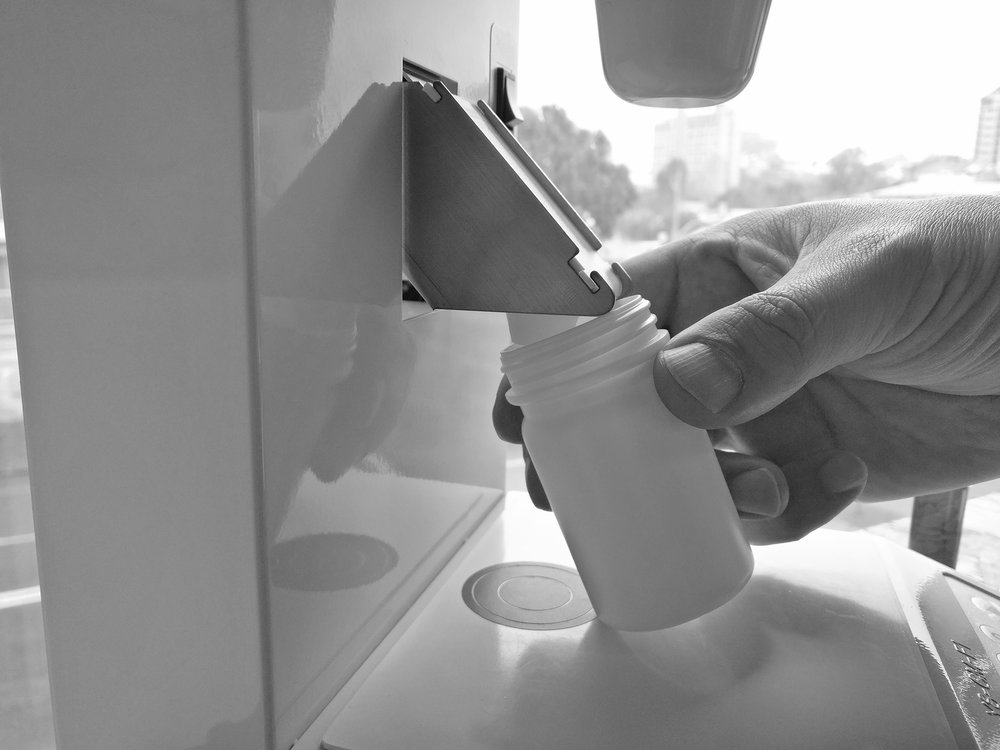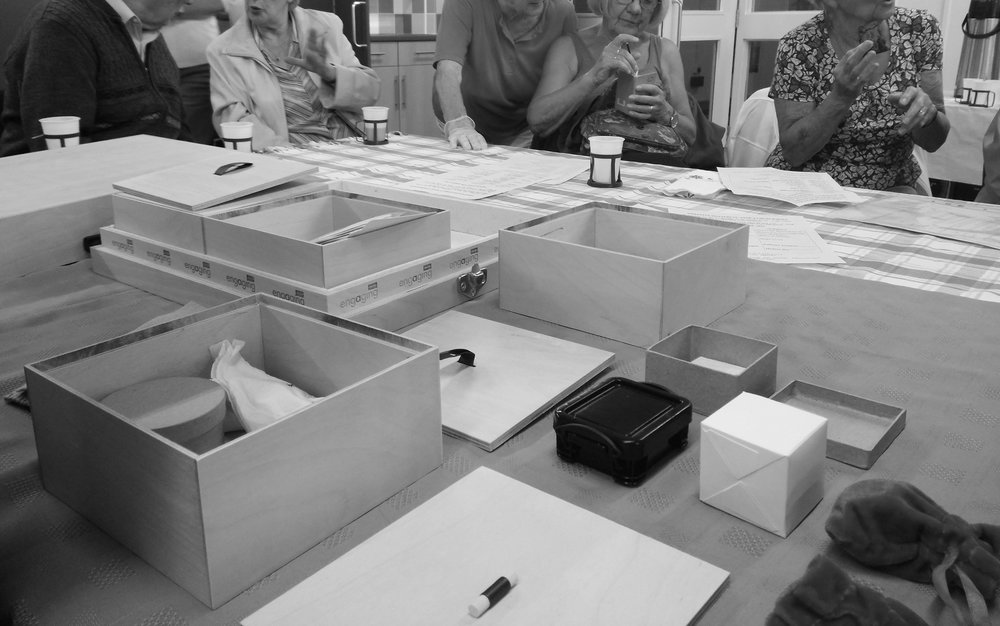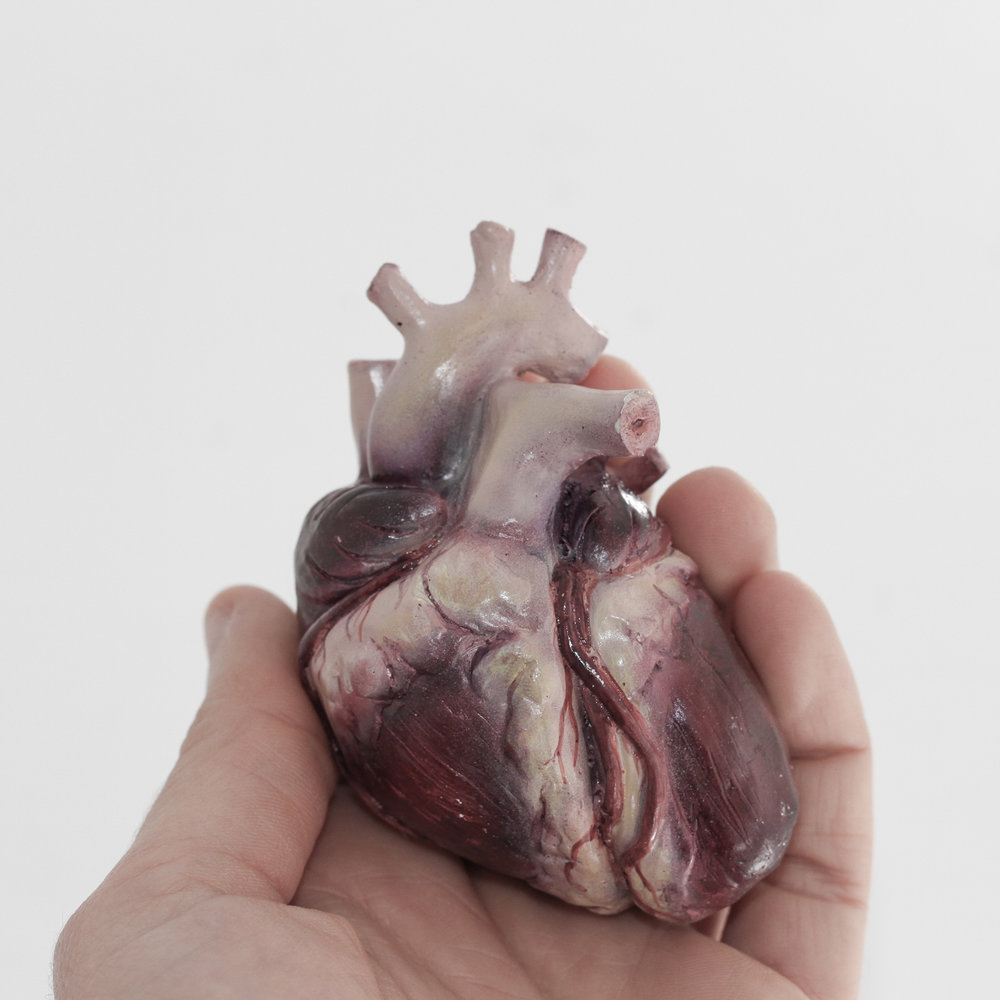Last Friday night the team glammed up and headed out to the Best Awards.
The lab was stoked to be finalist this year in four categories: graphic design, product design, public good and interactive design.
After a couple of months of anticipation it was finally time to find out who the best of the best were!
We are so excited and proud to announce how awesome our students did!
Charlotte Dickson's children’s book ‘Lin Breaks her Arm’ was awarded bronze on the night. This was the only student project under public good that was a winner in its category.
Our resident boss cat, Eden Short’s student project‘ Wayfinding for healthcare seeking’ won a silver award in graphic design.
We can’t forget Antonio Wan, with his three piece suit looking pretty dashing on the night. He took home a gold pin for his design “The Little Ones” that he did for his honours project last year. He is currently working on his masters project. Can’t wait to see how it does!
Congratulations to all our students! We are incredibly proud of all your hard work. Also thanks for all the support our students have received to help them towards this great achievement.


















